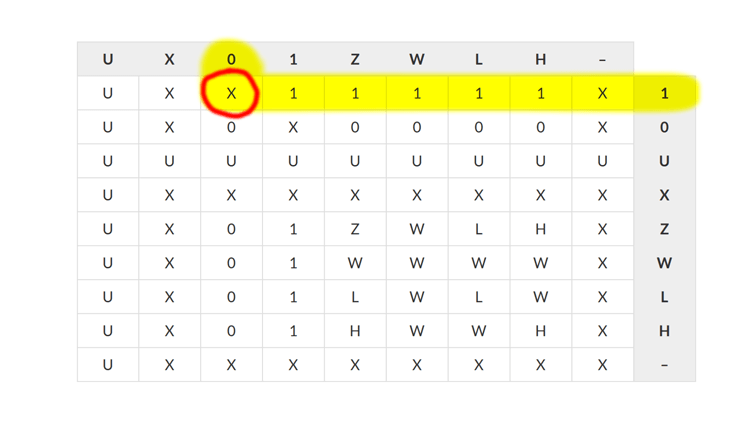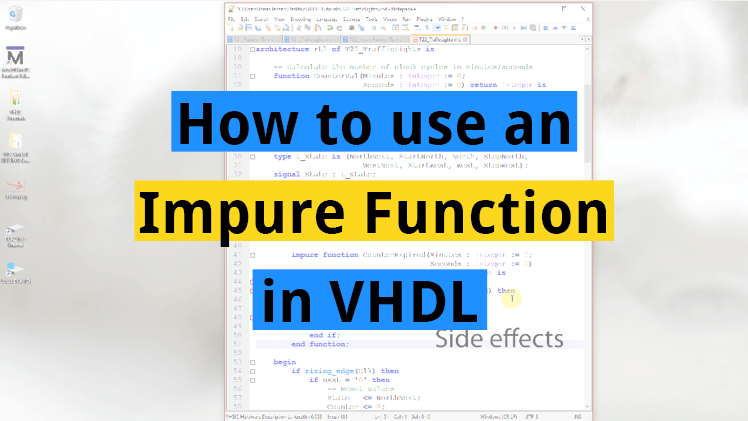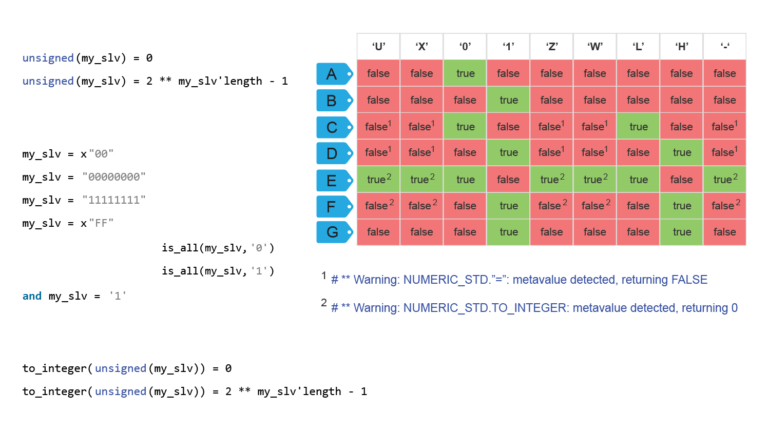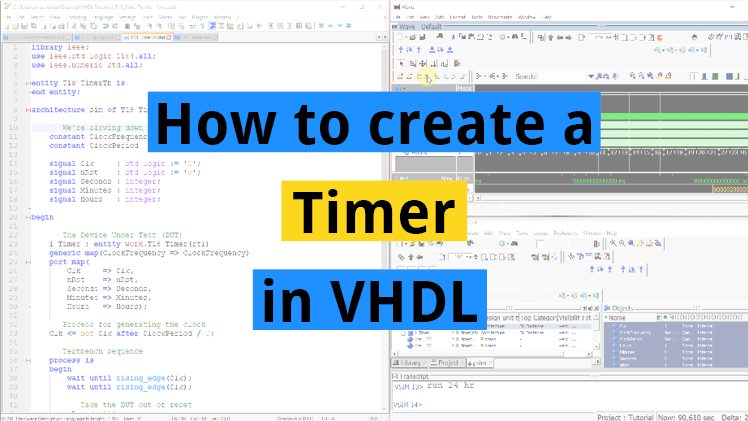I’m from Norway, but I live in Bangkok, Thailand. Before I started VHDLwhiz, I worked as an FPGA engineer in the defense industry. I earned my master’s degree in informatics at the University of Oslo.
Similar Posts

Basic VHDL quiz – Part 2
Test your coding skills with this VHDL quiz after completing tutorials 6-11 from the Basic VHDL Tutorial series!

How to use a For loop in VHDL
In the previous tutorial we learned to create an infinite loop by using the loop statement. We also learned how the break out of a loop by using the exit statement. But what if we want the loop to iterate a certain number of times? The For-Loop is the easiest way to accomplish this. The…

std_logic vs std_ulogic
VHDL includes few built-in types but offers several additional types through extension packages. Two of the most widely used types are std_logic and std_ulogic. The difference between them is that the former is resolved while the latter isn’t. Before we go on to investigate what it means that a type is resolved, let’s first look…

How to use an impure function in VHDL
An impure function can read or write any signal within its scope, also those that are not on the parameter list. We say that the function has side effects. What we mean by “side effects” is that it is not guaranteed that the function will return the same value every time it is called with…

How to check if a vector is all zeros or ones
I know that I have googled this at least a hundred times throughout my career as an FPGA engineer; how to check if all bits in a std_logic_vector signal are ‘0’ or ‘1’. Of course, you know a few ways to do it already, but you want to find the most elegant code that will…

How to create a timer in VHDL
In earlier tutorials we have used the wait for statement to delay time in simulation. But what about production modules? The wait for statement cannot be used for that. That only works in simulation because we can’t just tell the electrons in a circuit to pause for a given time. So how can we keep…

First of all, thank you so very much!
These are by far the most comprehensible tutorials I have come across like ever!
Brilliant work.
So here my two cents out of gratitude:
Basic VHDL Quiz – part 4
Which statement is not true?
Answer 3 : The return statement cannot be omitted.
-> Correct
So the return statement CAN be omitted???
“Unlike in most other programming languages, the return keyword is mandatory in functions in VHDL.”
Confused by double negation. Me or you 😉
Good catch! I’ve changed the answer now. I was trying to make you think, but in the process I confused myself too 🙂
“The return-keyword cannot be used in a procedure”. I believe that this is incorrect, e.g.
https://web.archive.org/web/20200629023040/http://vhdl.renerta.com:80/source/vhd00060.htm
It is true, of course, that you cannot return a value with it, that’s the only (?) difference between procedures and functions. But, as in other languages, you can use “return” as control flow statement to “force an exit”.
You are right! I missed the possibility of using return statements in procedures without returning a value. According to the Renata link you posted, functions must return a value, while procedures can have return statements, but then without a return value.
I am changing this question.